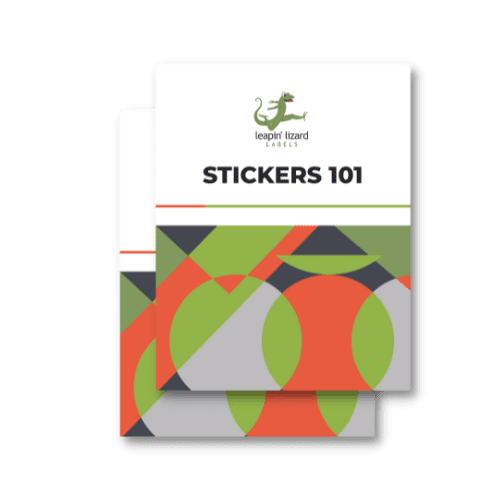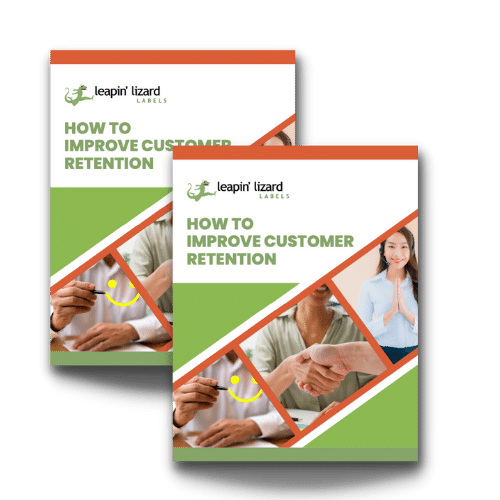So what is a label, anyway?
When you get right down to it, a label is something that explains what the thing it’s attached to is. Without a label, the thing goes unidentified. Imagine bags of powders and grains at the supermarket with no labels. You’d be lost! A label answers that crucial question (especially at the market:) “What is this, anyway?”
So what happens if the label gets damaged, peels off, fades, wrinkles, or gets ripped or badly torn? The thing it’s attached to is no longer identifiable and therefore no longer obviously of value or utility. Plus, the label is the face of the product, and if it’s damaged then your product looks unprofessional at best and, at worse, may not sell. It can seriously hurt your bottom line.
When it comes to labels, durability is an absolute must. Your product’s labels must be able to stand the test of time on the shelf – and beyond. Their very appeal depends on their physical and visual durability.
Everything from the type of adhesive used to the type of paper surface and the types of ink – all of these things matter in the process of bringing branded products to the shelves and hoping they’ll look good and last.
Potential Threats
What are the potential threats in the life of a label? There are more than you might think.
-
 Handling
Handling
No matter how your product gets from the warehouse to the store shelf, there is some amount of handling involved. Whether it’s packed in boxes that are shipped cross-country or loaded into a minivan and hand delivered locally – people are going to be touching your product before sale. You could wind up with scuffed labels, torn labels, dirty labels. That won’t be good for sales and the store might discount or remainder your product. Paper quality, ink quality and glue quality will help you here. - Temperature
Products will be exposed to various temperatures in transit. Sometimes these temperatures are extreme and fluctuate wildly. Temperature dips like this can do a number on low-quality glues, meaning that your label peels, bubbles up or falls off. - Sunlight
UV rays are powerful. With low quality inks, even a small amount of exposure to blaring sunlight can take the brilliance and color out of your labels making them look old — belying the freshness of your product inside. - Age
How long will your product be on the shelf? Though we hope it sells like hotcakes, it might take a while to gain deserved popularity. After weeks (or even months) will your product’s appearance be as vibrant as it was at the start? - Moisture
Moisture can come into contact with your product label — either by inadvertent exposure to the elements or through humid conditions. Although everyone works to minimize exposure to water and humidity, it still happens. If your product packaging gets a little wet or soggy, it’s important that the label still looks great when it dries off.
What Can You Do to Keep Your Product Label Great Looking?
- Great paper. Paper and paper composites that specify that they are made to be durable are best. We can talk to you about the high quality paper we use at Leapin’ Lizard Labels.
- Great ink and high quality printing. Cutting corners on ink quality and printing will only hurt in the long run. The flexography we use at Leapin’ Lizard Labels is a good example of a process that aims to have your product labels looking great – despite the threats we’ve outlined.
- Great glue. A low quality adhesive will affect your product’s shelf life. Glues are especially vulnerable to the elements: humidity and high temperature can really weaken their staying power. The adhesives we use at Leapin’ Lizard Labels can expand and contract without losing their sticking power, and their resistance to moisture is excellent.
Contact us today to talk about how we can produce great, highly durable custom labels for your product.
Save
Save
Save
Save
Save



